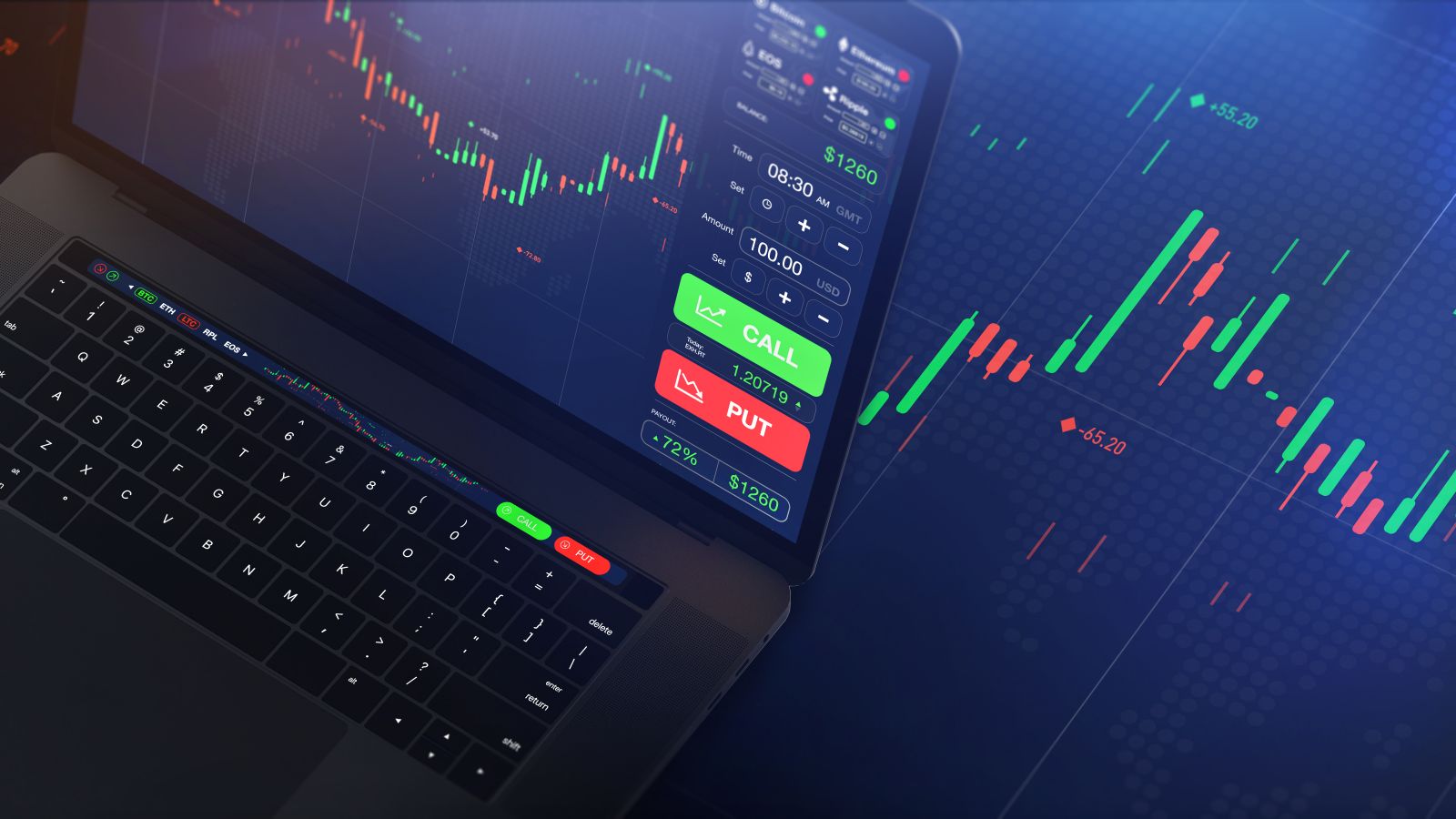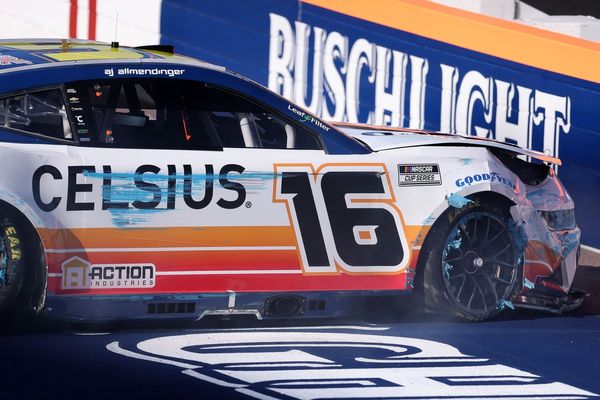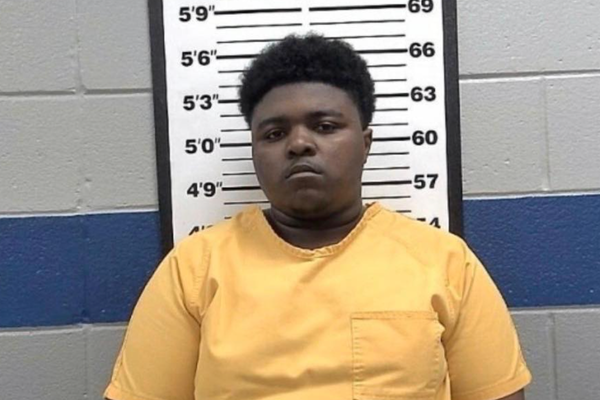
Americans love their four-legged friends, that much is not in doubt. However, when it comes to investment opportunities, Petco Health (WOOF) has been getting the short end of the stick. Since making its public market debut in January 2021, WOOF stock plunged more than 82%. Obviously, a trip to perdition isn’t what most investors were looking for.
That said, Petco could be making a comeback. It’s not just about Monday’s big rally, although that is definitely something to cheer. Shares popped just under 15%, leading to a 14% swing higher over the trailing month. Since the start of the year, WOOF stock has returned more than 55% of equity value.
Still, the big question remains: can the rally sustain itself? If you’re a believer in following the smart money, it just might.
Following yesterday’s closing bell, WOOF stock represented one of the highlights of Barchart’s unusual options volume indicator. This screener showcases the top securities that have witnessed aberrant options trading activity relative to historical norms.
On Monday, WOOF’s total volume hit 9,415 contracts against an open interest reading of 63,002 contracts. Against other established players, the nominal volume is lacking. However, against WOOF’s trailing one-month average, Monday’s volume level jumped 563.5%.
Even more enticingly, call volume stood at 8,414 contracts versus put volume of only 1,001 contracts, leading to a put/call volume ratio of 0.12. A quick look at options flow — which focuses exclusively on big block transactions likely placed by institutional investors — revealed that net trade sentiment reached $292,700, favoring the bulls.

In other words, the big dogs are likely long calls, making the interpretation of the put/call ratio intuitive. Another factor that helps push the narrative in the directionally bullish purview is the Williams %R indicator. After a long period of being oversold, it’s possible that a sentiment reversal could be in play.
Market Dynamics Reward a Directional Wager in WOOF Stock
Nevertheless, it’s worth noting that WOOF stock, as of this writing, is priced just under five bucks. Arguably most financial publications would classify Petco’s equity as a penny stock. Either way, it’s a cheap security subject to extreme volatility. Stated differently, it’s not always easy to predict where WOOF might go but it’s reasonable to assume it will move somewhere.
Looking at Petco’s implied volatility (IV) history — a feature reserved for Barchart Premier members — it’s obvious that the underlying security features wild kinesis. Presently, the equity’s average IV stands at 112.29%. However, the IV rank (or the relative volatility over the past year) is “only” 49.01%. Theoretically, there’s much room for this metric to jump higher. For example, back in September, the IV rank hit 72%.
Given the prospect of higher IV, a long iron condor for the next available options chain (Dec. 20) could be an interesting wager. That was my initial gut reaction. However, Barchart noted that the long iron condor with the highest profit probability (50.7%) featured a payout of only 25%. For the trade to be successful, WOOF stock would either need to hit (or exceed) $5.50 or reach (or drop below) $3.50.
Frankly, the math doesn’t seem all that pleasant. WOOF stock would need to either fly up 12% from Monday’s close or plunge almost 29%. If either of these unlikely events were to materialize, the trader collects a mere 25% payout (receives $10 for every $40 at risk).
Even the condor itself is telling traders that the upside pathway is much likelier to be successful than the downside. If that’s the case, why not just ignore the short side and go long with the bull call spread? Here, a plethora of options (no pun intended) exists, making for a more attractive wager.
Price Optimization for Petco Call Spreads
A key feature of WOOF stock bull call spreads is that the market offers several ideas where the breakeven point is actually lower than Monday’s closing price. Right there, that makes the call spread a superior choice to the aforementioned condor. Essentially, WOOF doesn’t need to move necessarily higher but stay rangebound to generate a positive return.
However, you don’t want to pick a call spread with the highest payout possible because these tend to be low-probability affairs. On the other end, you don’t want to select the spread with the greatest odds of success because these offer very limited rewards. Instead, you want to ideally find a balance between risk and reward, making sure to extract maximum payout while minimizing opportunity cost.
Advanced traders deploy a price optimization model to find such a spread. Personally, I run a method called risk-adjusted capital expenditure (RACE), which scales risk — which is a multivariate element encompassing probability and positional risks — on a non-linear curve. By filtering spreads by RACE, we can easier identify the trades that offer the highest rewards for the lowest net risk.
By no means is RACE a perfect methodology. However, it provides a visualization of which spreads may be the most cost effective. In my opinion, the 3.50/6.00 call spread — which puts $130 at risk for the chance to earn $120 (payout of 92.31%) — offers a compelling proposition.
While WOOF stock needs to hit $6 or higher to reach the maximum payout, the breakeven price for this trade is only $4.80, about 2.2% down from Monday’s close. Further, should the security reach $5.50, the payout would be $70 or 53.84%. That’s much better than the 25% payout that the aforementioned long iron condor provided, making the bull call spread a tempting idea.







